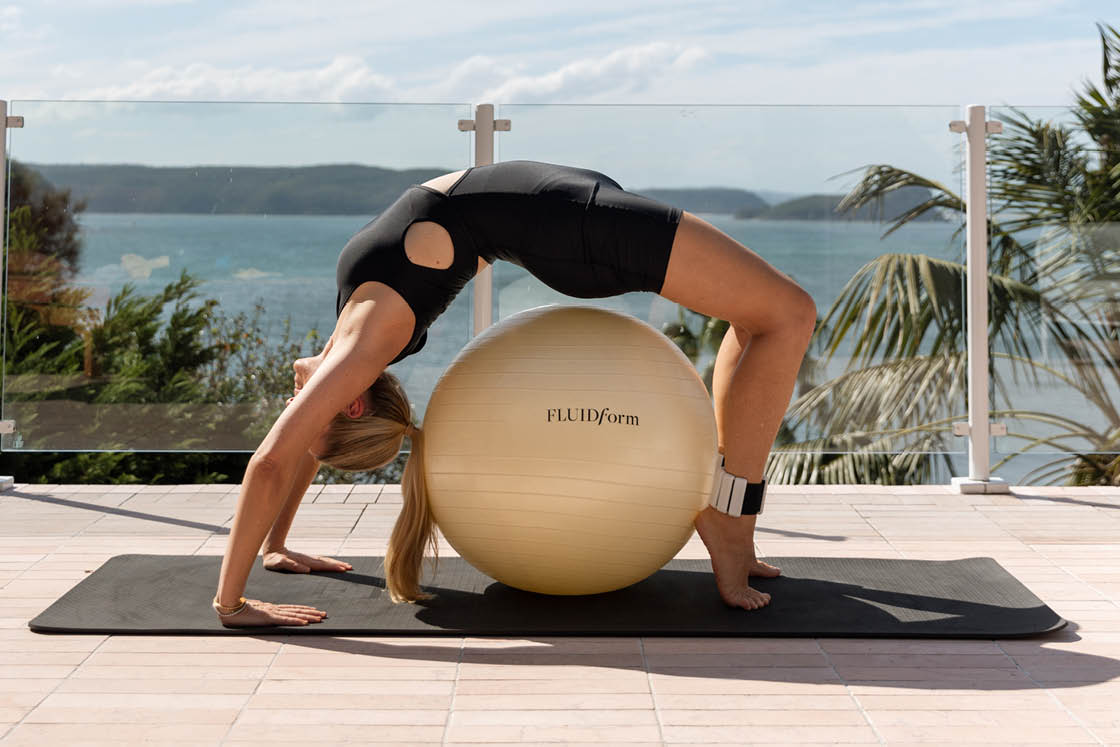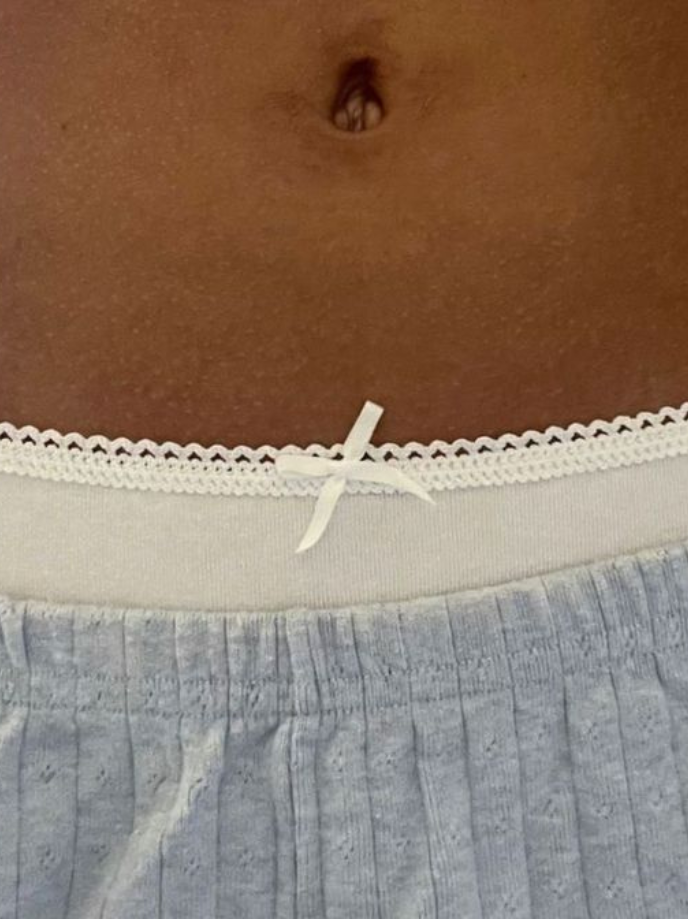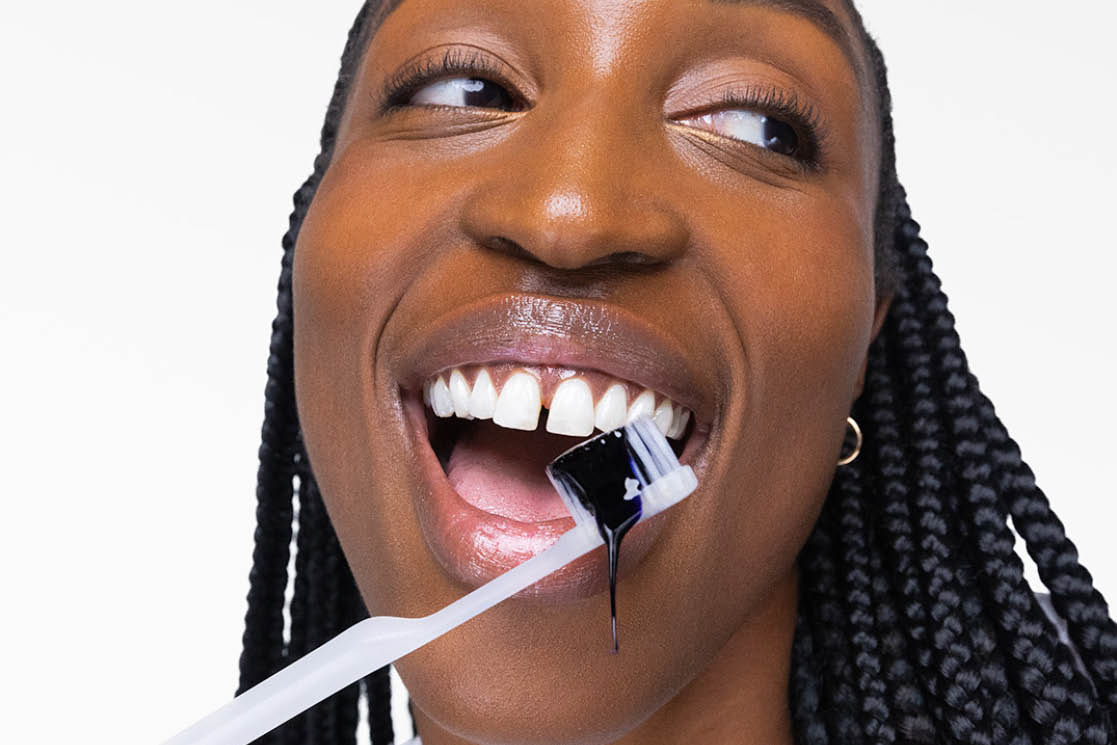We Deep Dive Into Stress (And How To Manage It)
Stress is normal and there’s no shame in suffering from it, even in today’s self-care-centric world. Consider this your ultimate guide to recognising it and easing it. And no, you don’t need to be a meditation pro.



How stressed do you feel right now? Sure, it’s not a straightforward question, but there are giveaways. Think about what your face is doing, about whether your muscles are relaxed, or your brow is furrowed and your jaw clenched. And your breathing. Are you taking slow, deep breaths? Or short, sharp, shallow ones? Mostly Bs? This feature is for you.
Skin Signals
“Cortisol can set off a cascade of inflammatory reactions in the skin,” says Dr Sturnham. “Collagen breaks down more quickly, skin barrier function is impaired,”—this can exacerbate dryness, rosacea and eczema—“and our oil glands can go into overdrive too, making us more prone to congestion and breakouts.”
Cycle Switch-Ups
Cortisol can wreak havoc with our menstrual cycle too. The hypothalamus—the part of our brain that regulates our periods—is very sensitive to stress. Increased levels of cortisol can lead to delayed periods or even no periods at all.
Muscle Memory
“Muscle tightness around the neck and shoulders is a key indicator of stress,” says naturopathic osteopath Nadia Alibhai. “This is often caused by prolonged shallow breathing.” Stiffness across the neck and shoulders can lead to frequent tension headaches too.
Scattered Sleep
Stress and sleep have a two-way relationship. The hypervigilance caused by stress prevents sleep and the less sleep we get, the less chance our body has to recuperate and overcome stress. “Most people forget that stress consumes energy,” says Ooi. “The more we stress, the more rest our body needs to function well.” Enter: vicious circle.











Comments